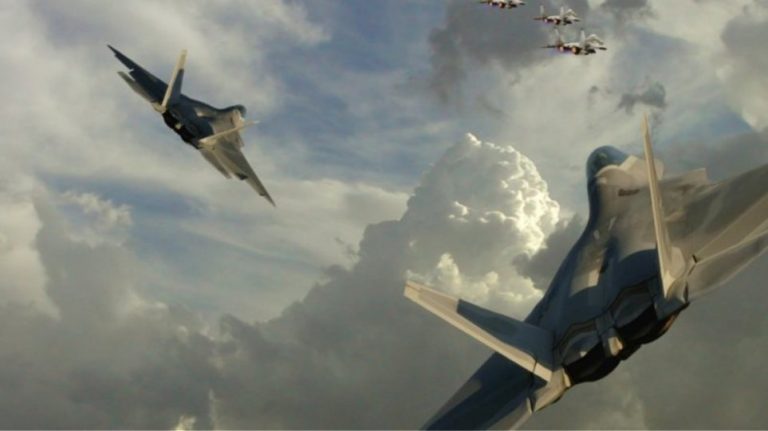The U.S. Air Force revealed this week that it has secretly designed, built, and tested a new prototype fighter jet. The fighter, about which we know virtually nothing, has already flown and “broken records.” (The image above is Air Force concept art from 2018). The Air Force must now consider how it will buy the new fighter as it struggles to acquire everything from intercontinental ballistic missiles to bombers.
The Air Force’s head of acquisition, Will Roper, made the announcement yesterday in an exclusive interview with Defense News, in conjunction with the Air Force Association’s virtual Air, Space, and Cyber Conference.
The Air Force built the new fighter under its Next Generation Air Dominance (NGAD) program, which aims to build a jet that would supplement, and perhaps even replace, the Lockheed Martin F-22 Raptor.
The Air Force built 186 Raptors, of which only about 123 are capable of the jet’s full spectrum of combat roles. And at current readiness levels, only around 64 of the fifth-generation fighters are ready to fight at a moment’s notice.
According to Defense News, the Air Force developed the new fighter in about a year—a staggeringly short amount of time by modern standards. The Air Force first developed a virtual version of the jet, and then proceeded to build and fly a full-sized prototype, complete with mission systems. This is in stark contrast to the F-35 Joint Strike Fighter.
The Duchess reshaping what it means to be a princess in the 21st Century
Elon Musk says “warp drive” tunnel under Las Vegas is almost ready
The X-35, an early technology demonstrator, first flew in 2000, four years after Lockheed Martin signed the contract to build it. It might be better, however to compare this new mystery jet to the first actual F-35 fighter, which flew in 2006.
That means it took the Air Force just one year to get to the point with NGAD fighter that it reached in 10 years with the F-35. This appears to be the “record” the Air Force claims the new plane is smashing, and it’s probably right.
Read more: Popular Mechanics
Ask me anything
Explore related questions





